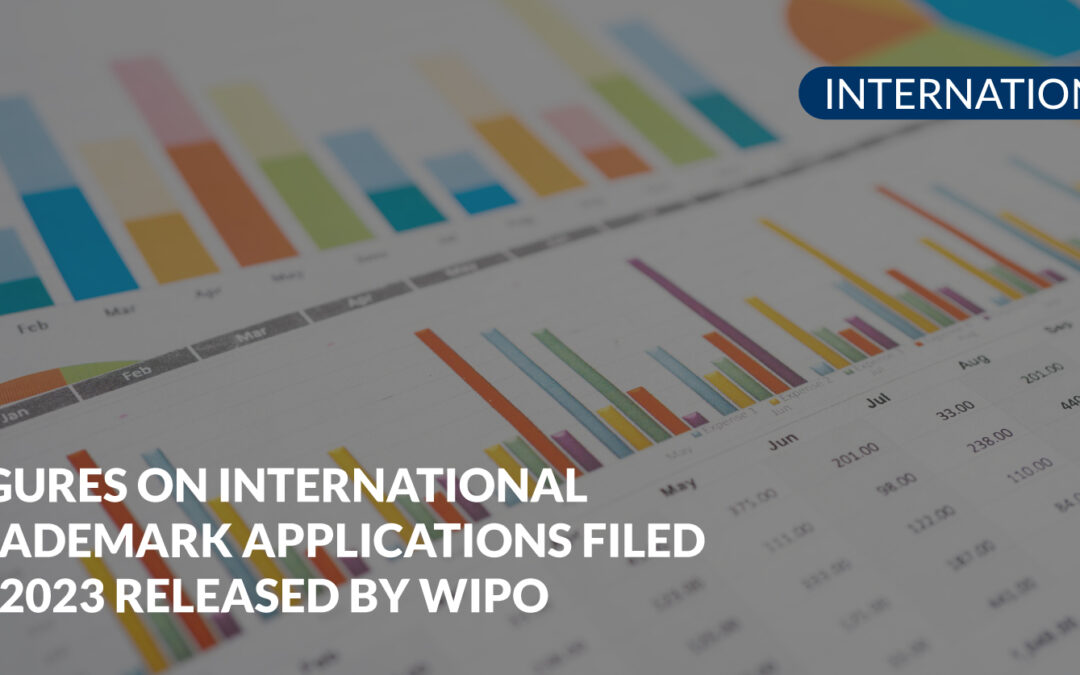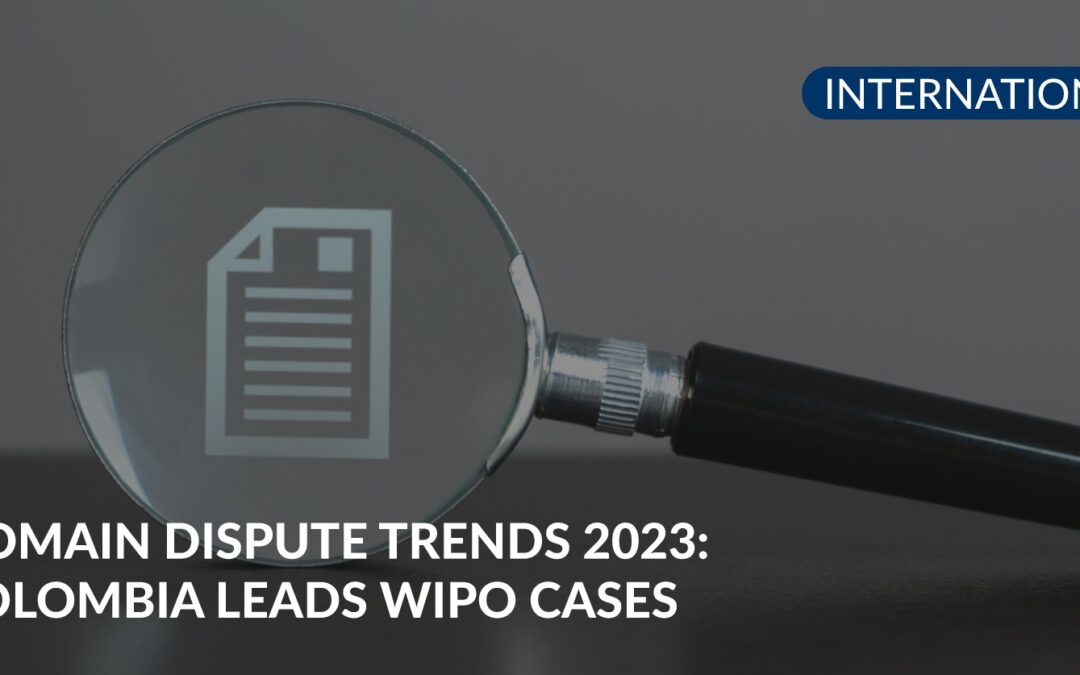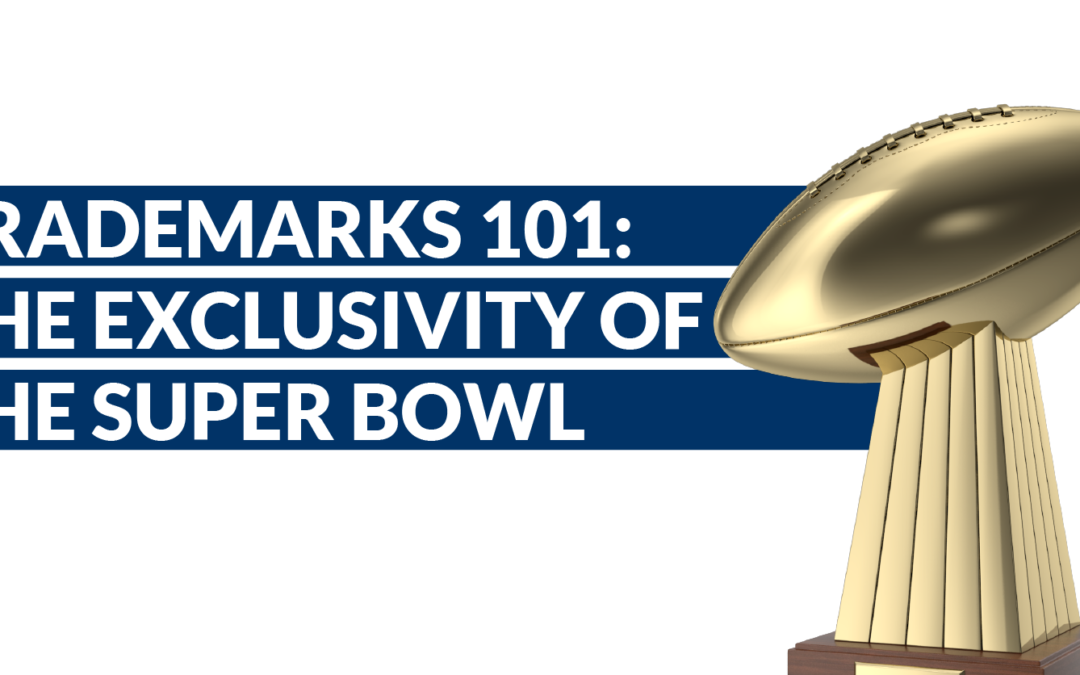The dream of any product line manager is for her trademark to become “top-of-mind” amongst the consumer. In other words, when the potential purchaser thinks of the product, he will automatically associate it with the company’s trademark. This level of recollection in a competitive mass consumer market, where the consumer can haphazardly choose between many similar alternatives, is the Holy Grail of marketing.
Nevertheless, with the same conviction that the marketing department World defend this situation, the opposite occurs with the legal department. But why is it that attorneys always find something wrong with a seemingly advantageous situation? The reason is simple, trademark law always seeks to ensure that the trademark serves its principal function: distinguish the product or the service from those other similar products or services that circulate in the marketplace. If the trademark does not serve this function, its registration will be cancelled. Precisely a situation where this occurs is when the trademark transforms itself into the common expression to generically identify the product or service. This transformation is powered by market agents who convert the trademark into the generic term to identify the product, thereby destroying its distinctive character. A typical example of this situation in Colombia is the term “icopor” to describe blown polystyrene (Styrofoam). Icopor was originally a trademark of BASF, but the use the marketplace gave it eventually transformed it into the common term used to refer to said product. Other illustrative examples can be found in the following webpage: www.fact-index.com/g/ge/genericized_trademark.html.
The foregoing phenomenon is commonly referred to as genericity of the trademark, and logically it is a situation the trademark owner seeks to avoid. Indeed, trademark law obligates the owner to take affirmative measures to avoid the genericity of the trademark. For example, Art. 169 of Decision 486 (the Andean Community IP Regime, which is applicable in Colombia) provides that the registration may be cancelled even in the mere tolerance o conduct that leads to genericity.
Due to the nature of the genericity phenomenon, a trademark owner must adopt a strategy that seeks to modify market conduct, which is the motor driving genericity. What specific activities should a trademark owner avoid, and at the same time foster? The following is a basic list of recommendations:
- Always identify the registered trademark with the symbol ® to denote the mark is registered in Colombia. This includes internal and external communications, e-mail, graphic art, publicity, manuals and invoices. Alternatively, if use of the ® symbol is impractical, one should at least use capital letters to spell out the mark.
- Use the common name for the product or service in combination with the trademark. For those of you adept in grammar sciences, the trademark is an adjective, the product or service is a noun. For example, for cookies with the trademark DO-RE-MI, company documents should always make reference to both “cookies” and the trademark: “20 boxes of DO-RE-MI cookies.”
- Monitor the media for incorrect uses of the trademark.
- Carry out educational campaigns amongst consumers and players in commercial channels explaining the difference between the trademark and the common name. Depending on the nature of the product or service, a useful campaign is placing ads in mass media carrying this message.
Taking legal action against third parties seeking to prevent incorrect use of the trademark.






